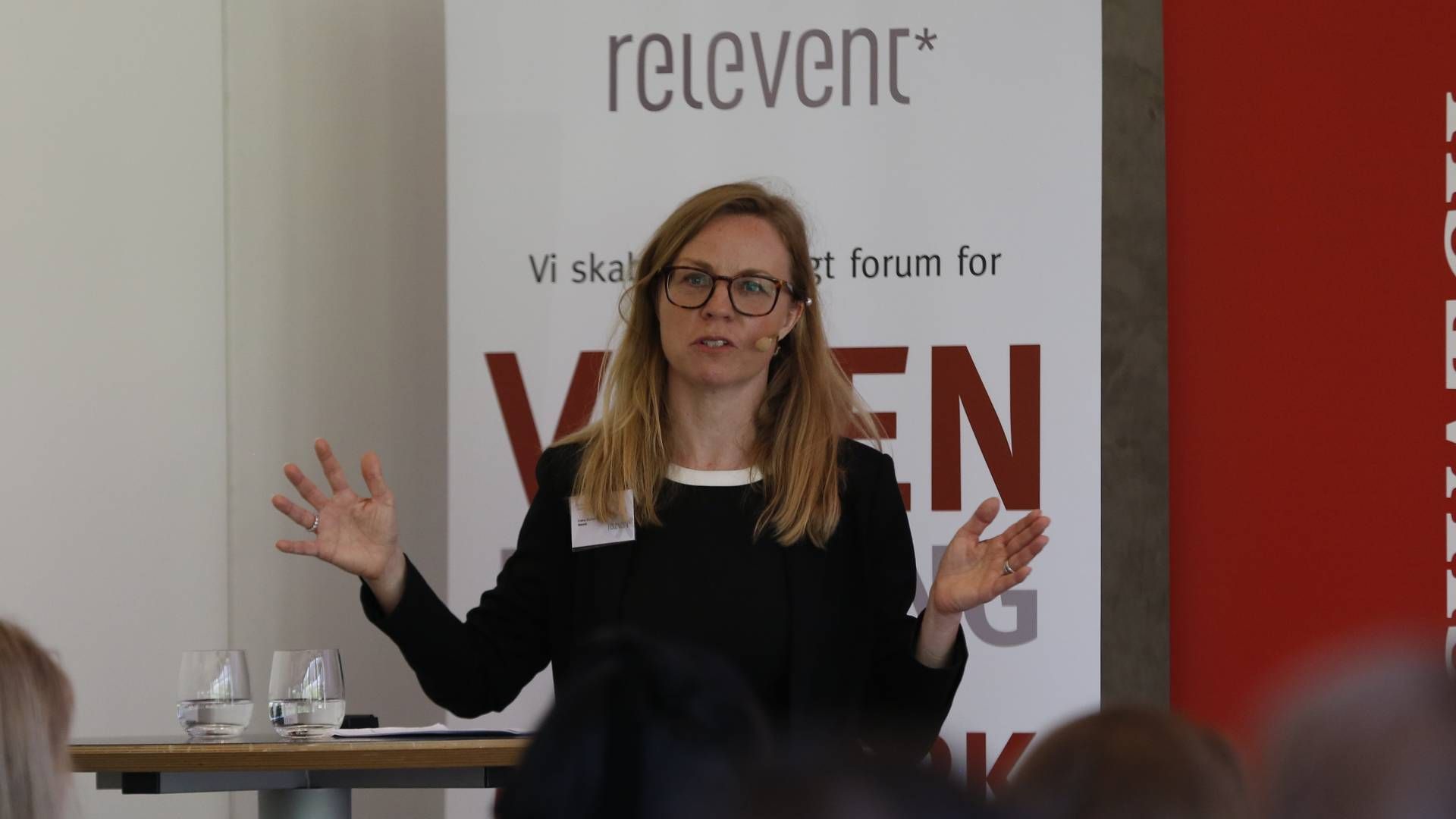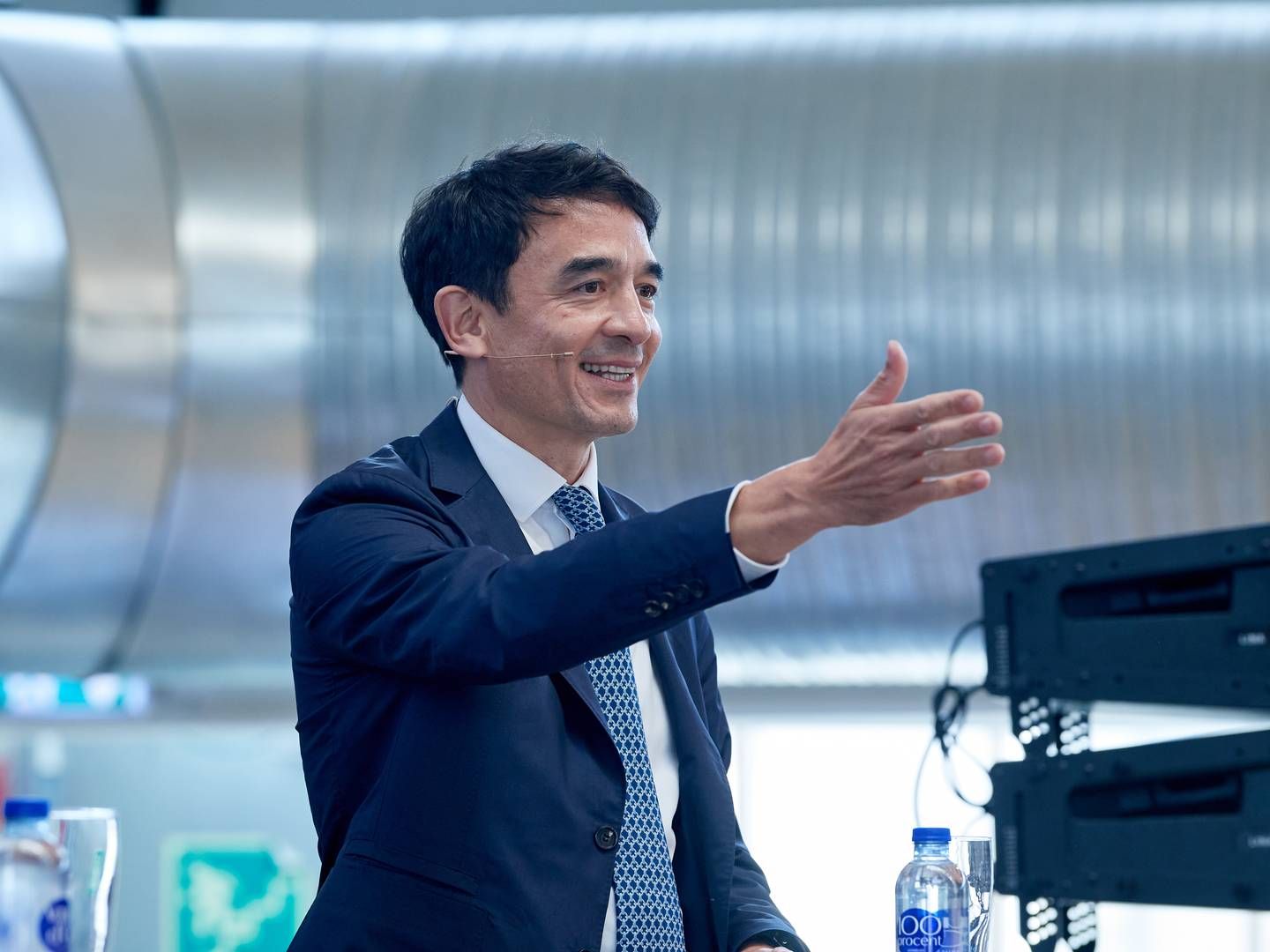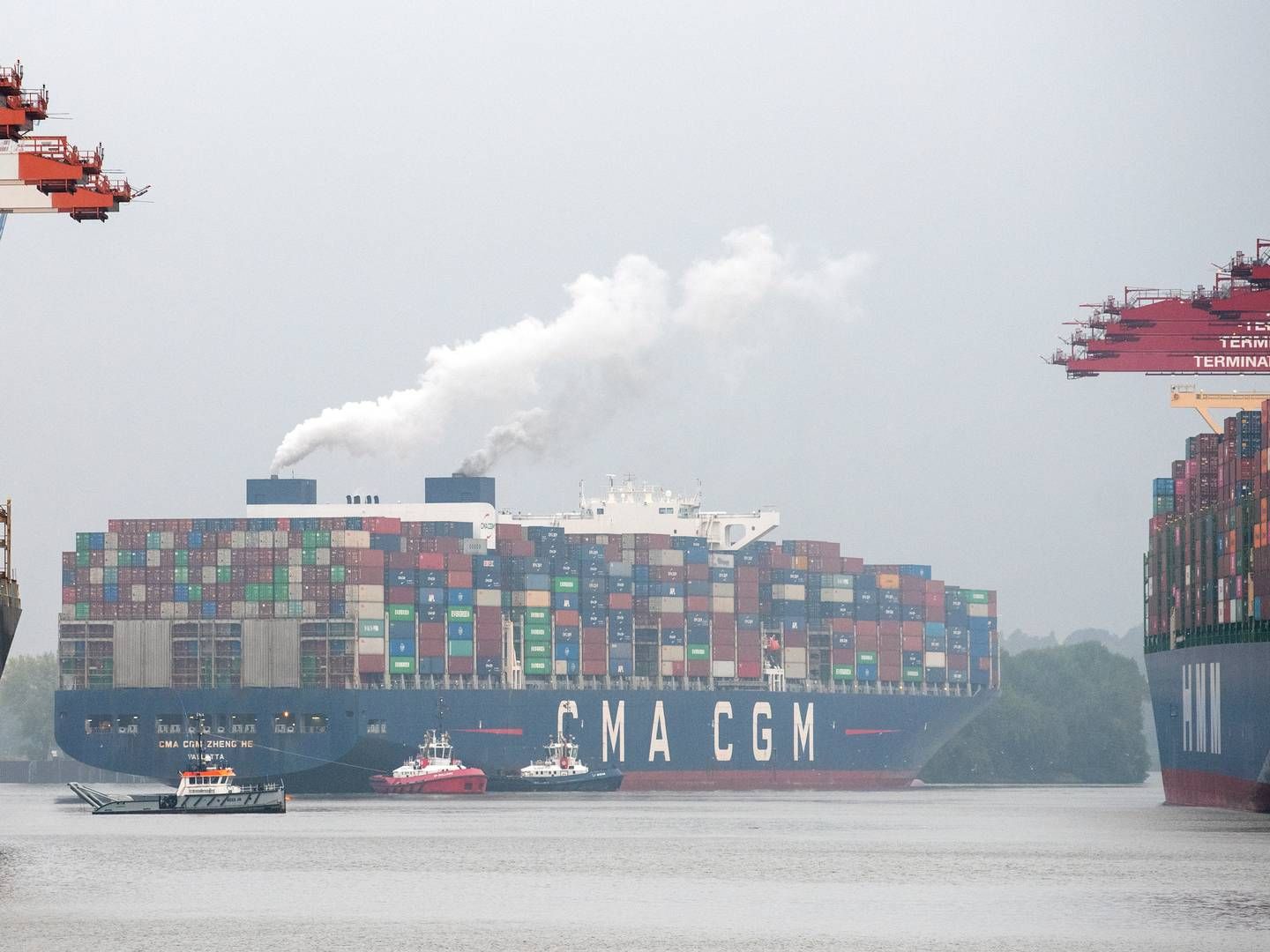It is still uncertain when Maersk's new vessels can sail on green fuels

There is no longer doubt that green methanol will become a fuel option for shipping in this decade.
However, it is still uncertain exactly when the alternative fuel becomes available in the volumes needed by Maersk and other major container liners.
Such is the statement by Emma Mazhari, head of Green Sourcing & Portfolio Management at Maersk, during a presentation at the conference Decarbonizing Shipping, taking place in Copenhagen on Tuesday.
Maersk will have its first methanol ship delivered this year – a smaller feeder vessel – and starting next year, 18 large dual-fuel methanol ships will be delivered on a relatively regular basis.
Maersk has entered several declarations of intent with suppliers that will provide methanol for the ships, including Danish utility Ørsted.
But while green methanol has been secured for the initial feeder vessel, Mazhari can’t say when the following ships will be able to sail on the fuel.
”It is difficult to say for certain, actually, because we know with the experiences we have that it takes a long time. For instance due to the permit issue. These products are also new for regulators, so it is difficult to say how long it is going to take before you receive fuel,” Mazhari says.
”But there is a lot of momentum, and that is very positive,” she adds.
Growing momentum
In relation to establishing a Danish methanol production site for Maersk’s first methanol vessel, power company European Energy had to obtain 29 permits from authorities and environmental organizations, according to Maersk.
The company originally expected to require five permits.
Maersk’s aims to replace 25 percent of fuel consumption with green methanol in 2030, which will require 5 million tonnes of the fuel.
Although access to the green fuel is the primary challenge for Maersk, Mazhari remains confident.
She is pleased that other carriers have jumped on the wagon and ordered ships that can be powered by methanol.
”It is a very strong signal for demand, and we also see a substantial response from suppliers. That is extremely encouraging. This is the beginning of a market taking shape,” she says.
Longer prospects for ammonia
While green methanol is Maersk’s main priority regarding efforts to bring down carbon emissions, ammonia is also within the carrier’s sphere of interest.
Such prospects are further away, though, as ammonia is highly toxic and might emit nitrous oxide, a greenhouse gas.
”Ammonia is highly scalable and holds a lot of potential to become af shipping fuel in the future. However, further developments for technology and stage feasibility is required to adress the toxic nature of ammonia,” Mazhari says.
”We definitely see green ammonia as an option, and we do have some conversations with product developers. But we don’t know when are we going to have the first vessel, so therefore we don’t know when we will have demand for ammonia. We think it will be towards the end of this decade. But it’s difficult to say,” she says.
Biofuel is another option but is difficult to procure, and competition is fierce regarding the available volumes, according to Mazhari.
Maersk aims to cut emissions of CO2 by 50 percent ahead of 2030 and achieve net zero by 2040.
English edit: Kristoffer Grønbæk




















